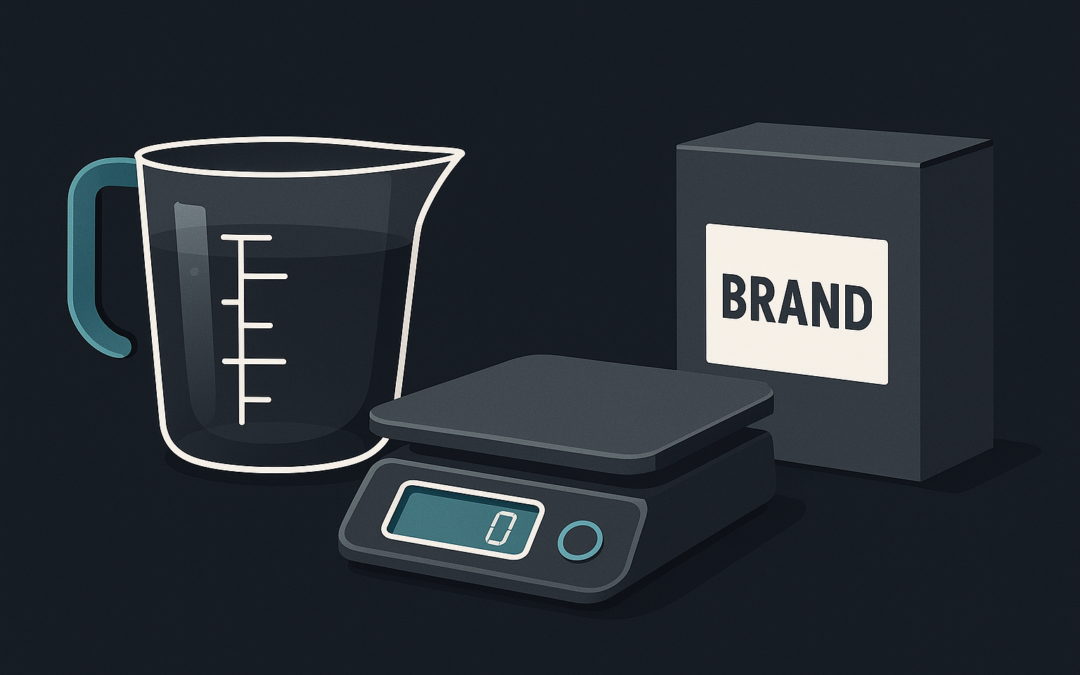Understanding Liquid Measuring Cups: Precision in the Kitchen
When it comes to baking and cooking, accuracy is everything. The difference between a successful recipe and a kitchen disaster often hinges on how precisely you measure your ingredients. This is where liquid measuring cups come into play. Unlike dry measuring cups, which are designed for ingredients like flour and sugar, liquid measuring cups are specifically crafted to help you pour and measure liquids with ease and accuracy.
What Are Liquid Measuring Cups?
Design and Features
Liquid measuring cups are typically made from transparent materials such as glass or clear plastic. They feature a spout for easy pouring and measurement markings along the side, usually in both ounces and milliliters. The key feature that sets them apart from dry measuring cups is the meniscus line—an etched line or a spout that indicates the precise level of liquid when viewed at eye level. This design helps users avoid over-pouring or under-measuring, ensuring recipes turn out just right.Why Use a Liquid Measuring Cup?
Using a liquid measuring cup offers several advantages:- Accuracy: The clear, graduated markings allow for precise measurement.
- Ease of Use: The spout and handle make pouring straightforward, reducing spills and mess.
- Versatility: Suitable for liquids like water, milk, oils, and broths, making them a versatile tool in the kitchen.
Choosing the Right Liquid Measuring Cup
Material Options
Liquid measuring cups come in various materials, each with its own benefits:- Glass: Durable, microwave-safe, and allows you to see the liquid level clearly. Example: Pyrex-style cups.
- Plastic: Lightweight and less prone to breaking, but may stain or scratch over time.
- Stainless Steel: Less common for liquid measurement but durable and easy to clean.
Size Considerations
Most liquid measuring cups come in sizes ranging from 1 cup (8 oz) to 4 cups (32 oz). Larger sizes are useful for preparing big batches or for liquids used in multiple recipes. Smaller cups are handy for precise measurements of small quantities like extracts or specialty oils.Proper Use and Maintenance
To get the most accurate readings, place the cup on a flat surface and view the measurement at eye level. Always check the meniscus line to ensure you’re pouring to the correct level. After use, wash the cup with warm, soapy water and dry thoroughly to prevent any residue buildup or staining, especially if measuring ingredients like honey or sticky syrups.Actionable Recommendations
- Invest in a high-quality glass liquid measuring cup for durability and clarity.
- Keep multiple sizes on hand to accommodate various recipes.
- Always check the measurement at eye level for precision.
- Use a dedicated cup for sticky or staining liquids to prolong clarity and cleanliness.
Checkout ProductScope AI’s Studio (and get 200 free studio credits)

